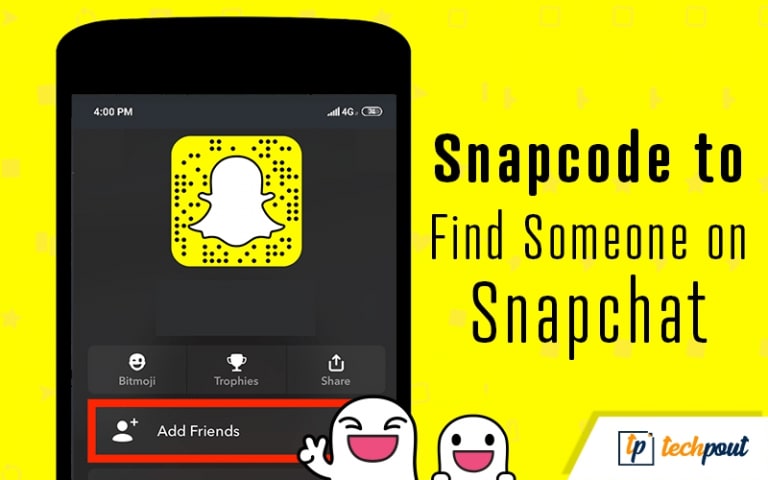

As a result of those younger users, the app has yielded a number of different unique terms and names for its features, from “snaps” to “story”. Many reports and studies have claimed that the bulk of those users are millennials. It’s hard not to see its value and why it's unique. Technically, they can screenshot it if they want, and reply with their own photo or video response, which they can also broadcast to their story for friends and followers to see. With Snapchat, you can quickly send a photo of yourself with a rainbow-puking AR lens applied to a friend, and after they open it, it'll disappear forever. It changed the way we communicate online. Prior to Snapchat, social media was very desktop-based, and it was all about accumulating data.įor instance, you'd post statuses, tweets, photos, and videos, and you'd have a record of all those things online, so your friends could comment on them and you would all see them forever. But the key thing to realise about Snapchat is that it is all about instant communication through your mobile phone. Other features include the ability to add filters and AR-based lenses to snaps and show your live location on a world map. Snapchat even lets you store media in a private storage area. There’s even a designated “Discovery” area that showcases short-form content from major publishers like Buzzfeed. Snapchat was initially focused on private, person-to-person photo sharing, but you can now use it for a range of different tasks, including sending short videos, live video chatting, messaging, creating caricature-like Bitmoji avatars, and sharing a chronological “story” that’s broadcasted to all your followers. Also, Snapchat is colloquially referred to as Snap. As such, it creates other products, including hardware, like Snapchat Spectacles, which you can read all about here. Snapchat’s developer is a public company called Snap. This temporary, or ephemeral, nature of the app was originally designed to encourage a more natural flow of interaction. One of the core concepts of the app is that any picture or video or message you send - by default - is made available to the receiver for only a short time before it becomes inaccessible. Snapchat is a mobile app for Android and iOS devices.


By the end of it, you'll know every facet of the app. To make things easier for you and newbies, Pocket-lint has compiled this guide. Snap, the company behind Snapchat, is so aggressive with making changes to the app that it can be hard to keep up with how Snapchat really works, even if you're a regular user. Frequent updates mean the app looks and works nothing like it once did. (Pocket-lint) - Snapchat has changed a lot in recent years.


 0 kommentar(er)
0 kommentar(er)
